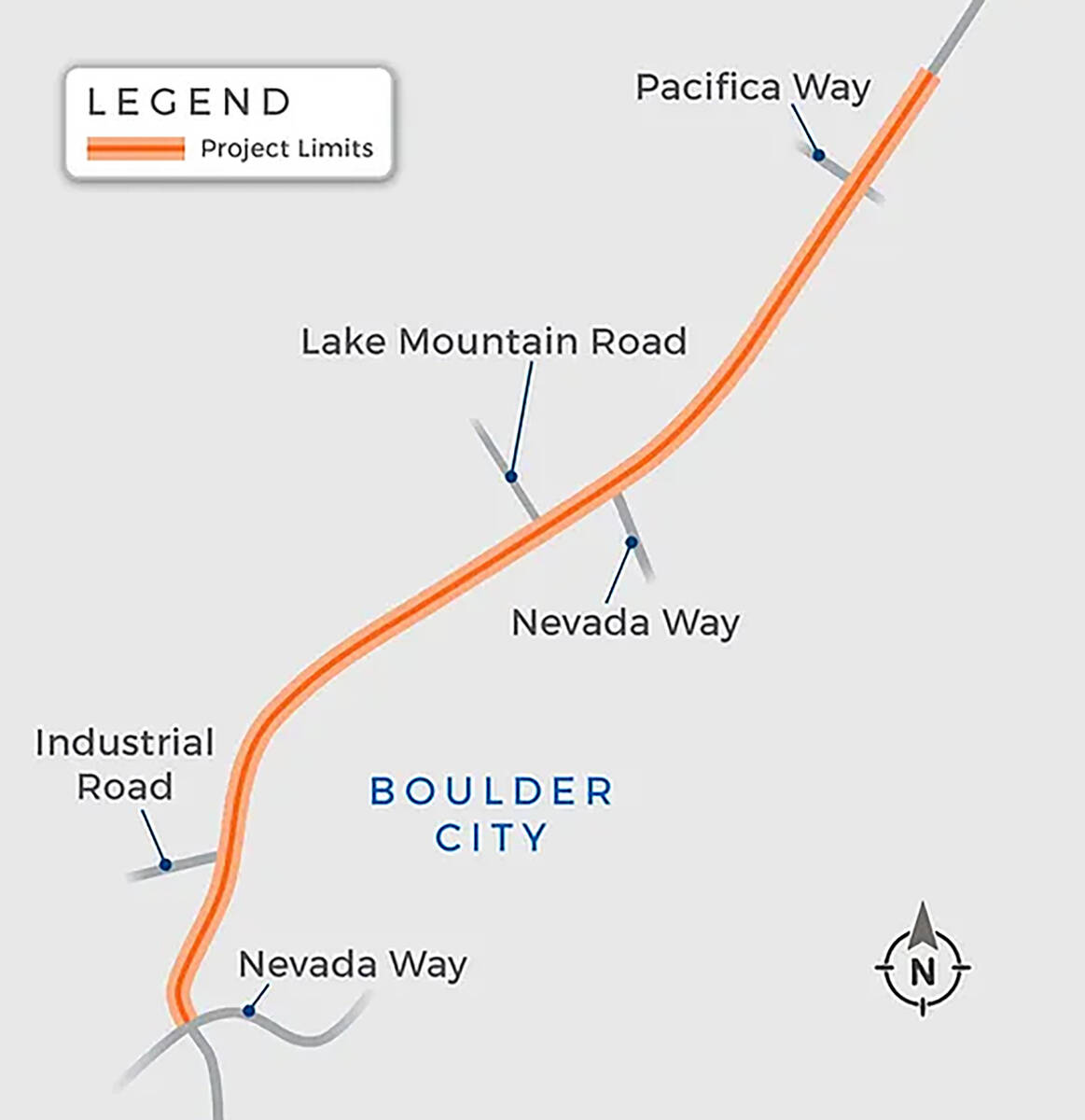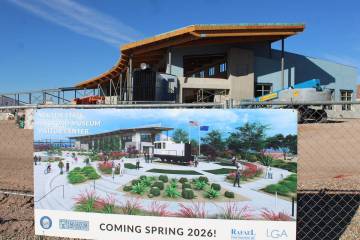Public rates parkway improvements
Phase II of the Boulder City Parkway Complete Streets Project is slated to begin soon and, as part of the project, the city hosted a virtual survey so that residents could rate the importance of various proposed improvements.
The survey has closed and the results are in.
The Complete Streets Project is a multi-year, multi-city effort funded by the Regional Transportation Commission that has seen extensive work take place in Las Vegas, Henderson and North Las Vegas as well as in Boulder City.
Construction of Phase I was started in August of 2019 and in less than a year added landscaped medians, pedestrian crossings and decorative elements as well new sidewalks, curbs and gutters to the stretch of road between Buchanan Boulevard and Veterans Memorial Drive at a total project cost of $18.2 million. Construction on that phase was completed in July of 2020.
This new phase will cover the road as it moves toward Lake Mead between Nevada Way heading northeast to the city limits just beyond Pacifica Way. Once the main route between Nevada and Arizona, since the opening of I-11 five years ago, traffic along the roadway has dropped by almost two-thirds with the vast majority of truck traffic moving to I-11. Once a busy road that saw some 28,000 vehicles per day, the total has dropped to more like 10,000 which give the city the opportunity to re-imagine the parkway as something more suited to bicycle and pedestrian use while keeping the utility of the road for vehicle traffic headed toward Lake Mead and Hoover Dam.
One goal of the project is to reduce vehicle speed in the area. Of the possible approaches to speed reduction, the most popular options were raised medians, a gateway treatment to alert drivers that they are entering an area where they need to slow down, as well as landscaping. The least popular options were a reduction in the number of vehicle lanes and the installation of roundabouts.
In terms of making the parkway more friendly for pedestrians, popular options included the construction of a pedestrian bridge (the most expensive option), the installation of pedestrian-triggered traffic signals which are only active when a button is pushed by a pedestrian and, the most popular option, installation of additional underpasses.
The positives for underpasses (in addition to being less expensive than a pedestrian bridge) are that there are already underpasses along that stretch plus they can serve as a way to direct storm water runoff away from the road and toward the lake.
Fewer respondents weighed in on bicycle accommodations, trail amenities and aesthetic features.
The most popular bicycle improvements involved the construction of a separate path that is physically separated from the vehicle roadway. The option with the most votes would see the construction of totally separate paths for pedestrians and another just for bicyclists.
Trail amenities may seem foreign in a project aimed at a vehicle roadway, but they have been identified as a potentially important way to encourage use of existing parks and trails by increasing accessibility. Of the 13 offered options, by far the most popular were the construction of shade shelters and seating with the addition of drinking fountains and signage following close behind.
Finally, aesthetic features such as the metal sculptures that were installed in Phase I were a popular option as was the planting of additional trees and shrubs.
The intent of the virtual survey, which ran from mid-May until June 16 was to provide feedback as the project team begins planning and design for the next phase of the project.
















